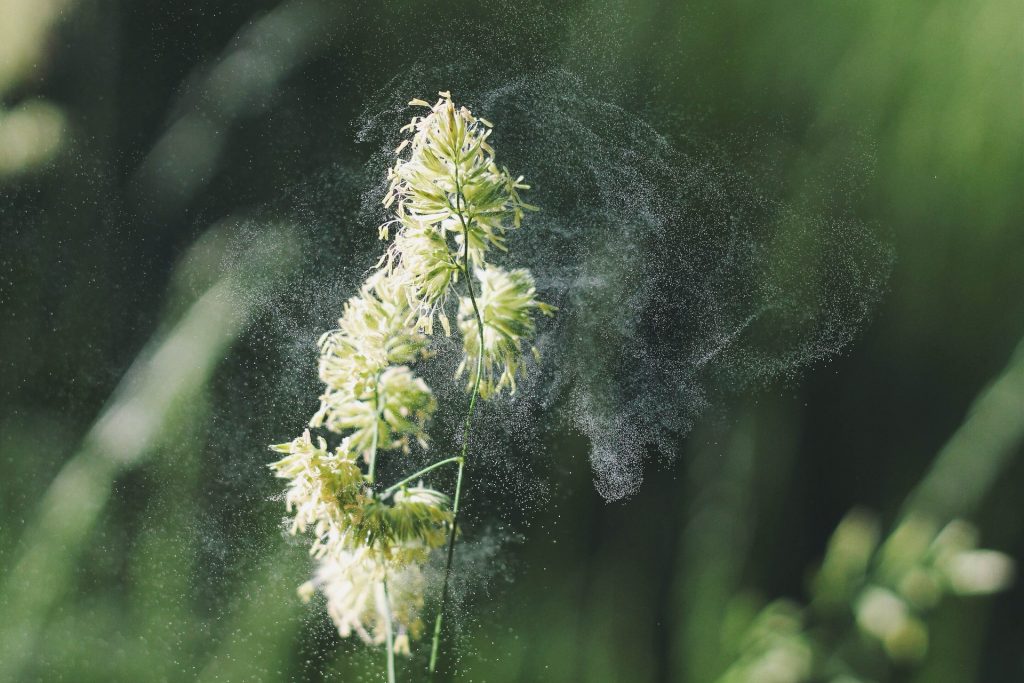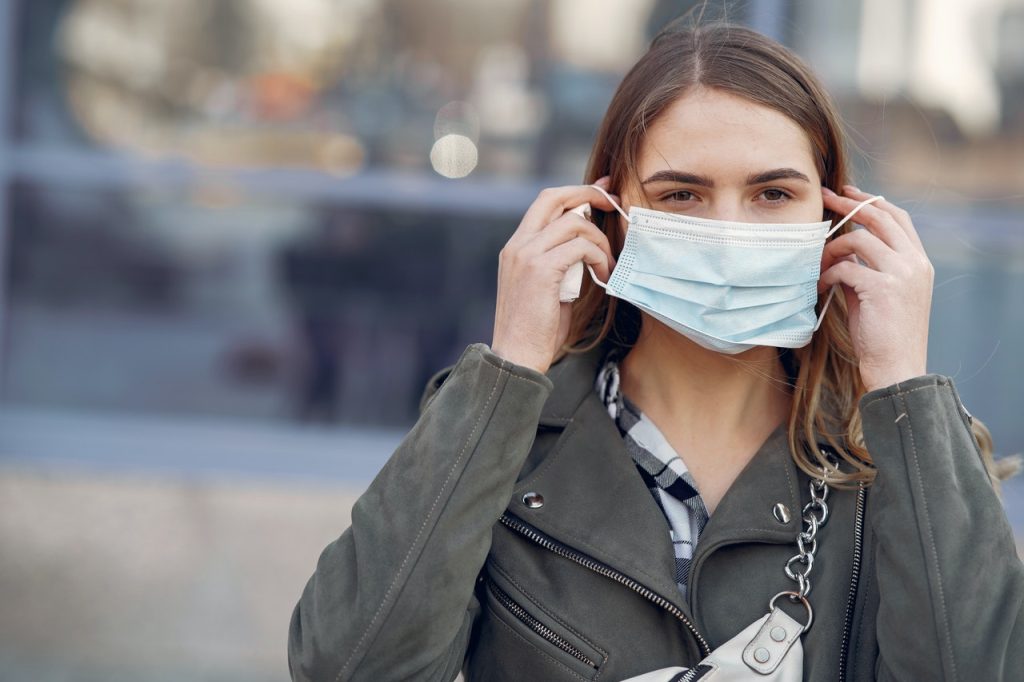Despite the term “seasonal,” seasonal allergies aren’t restricted to a single quarter of the year. They occur all year round depending on the prevalence of the allergen that season, and the severity of a person’s allergies.
Some allergens are truly seasonal, like pollen, depending on the plant. Tree pollen is prevalent during spring, grass pollen during late spring, weed pollen in summer, and ragweed pollen during fall. Other allergens can occur anytime, depending on your lifestyle, such as dust, animal dander, and mold.
Additionally, climate change may have influenced when allergy season occurs, and for how long. One study showed that pollen season arrives almost a month earlier than in 1990 and with at least 20% more pollen.
In this blog, we tackle the causes of seasonal allergies, the common symptoms of seasonal allergies, and strategies to mitigate seasonal allergies.

What Causes Seasonal Allergies?
Allergies occur when a harmless foreign particle enters the body but is mistaken by the immune system to be dangerous. So, the body’s defense mechanism produces antibodies and releases chemicals to attack that specific particle, which then triggers allergy symptoms.
The common causes of seasonal allergies include naturally occurring airborne particles, like pollen, dust mites, animal dander, and mold. Pollen is one of the most prevalent seasonal allergy triggers, particularly from plants like ragweed, burning bush, pigweed, sagebrush, mugwort, tumbleweed, and Russian thistle.
Typically, for a person to be diagnosed with seasonal allergies, you undergo a skin test or blood test to screen for specific allergens. Healthcare professionals may also diagnose allergies based on when your symptoms develop. Susceptibility to various seasonal allergy causes may depend on the time of the year. For example, grasses cause more allergies in late spring to summer. Ragweed is rampant in the fall. And mold is more common during rainy seasons and high-humidity environments.
A person’s risk of developing seasonal allergies may be influenced by family history. You’re more likely to develop allergies as a child if you have a family history of asthma and allergies, including hay fever and eczema.
Additionally, having seasonal allergies may also increase your risk of developing asthma, sinusitis, and infections affecting the lungs or ears.

What Are the Symptoms of Seasonal Allergies?
The signs of seasonal allergies typically include:
- Coughing.
- Itchy and watery eyes.
- Runny nose.
- Sneezing.
- Irritated or inflamed airways.
The severity of seasonal allergy symptoms may vary from person to person. Some may experience cold-like symptoms, while others have potentially fatal reactions like anaphylaxis.
How to Avoid the Causes of Seasonal Allergies
Over two-thirds of people who suffer from spring allergies experience symptoms throughout the year. If you have seasonal allergies, it’s best to talk to your primary care doctor or a qualified medical professional. They can tell you how to best manage and treat your symptoms.
But here are some common tried-and-tested ways to get rid of seasonal allergies:
1. Reduce Exposure to Pollen and Other Allergens
Monitor weather reports for daily counts of common allergens like pollen and mold. If you must go outside during allergy season, schedule your outdoor activities in the afternoon when pollen counts are lower. Wear a face mask and wraparound sunglasses to minimize the chances of allergens enterings your eyes, nose, and mouth.
If you have a garden or yard, keep the grass short during allergy season. Avoid doing yard work that may stir up allergens.
After doing activities that may have exposed you to allergens, rinse your sinuses with a saline solution. This can be store-bought or homemade.

2. Prevent Allergens from Entering and Growing Indoors
Even if you live far from allergen sources, keep your windows and doors closed as allergens can float and travel in the wind. They can also cling to clothes and hair, so lay down a doormat to wipe your shoes before entering the home and shower and change your clothes before doing tasks around the home. Similarly, if you took your pet on a walk, brush off their fur and paws before entering the home to prevent them from dragging allergens indoors.
Use an air purifier with a HEPA filter to trap allergens that may float indoors. These include dust mites, mold spores, and pet dander. Regularly clean surfaces where allergens may land to prevent buildup over time.
3. Take Doctor-Prescribed Medication
Your primary care doctor may advise some over-the-counter medication to help manage your symptoms. Ensure that you take them as prescribed! Some medical professionals may even recommend immunotherapy or allergy shots, which are injections containing small amounts of your allergen to help your immune system learn to tolerate it over time without causing allergy symptoms.
For serious allergies that cause severe, potentially harmful or fatal symptoms, always keep emergency medication on hand. Just in case you’re exposed to something you’re allergic to, inform your close friends, family, and anyone else who may frequently be in close proximity with you, like co-workers, how to administer first aid.
For more tips, check out my blog on how to get rid of seasonal allergies.













